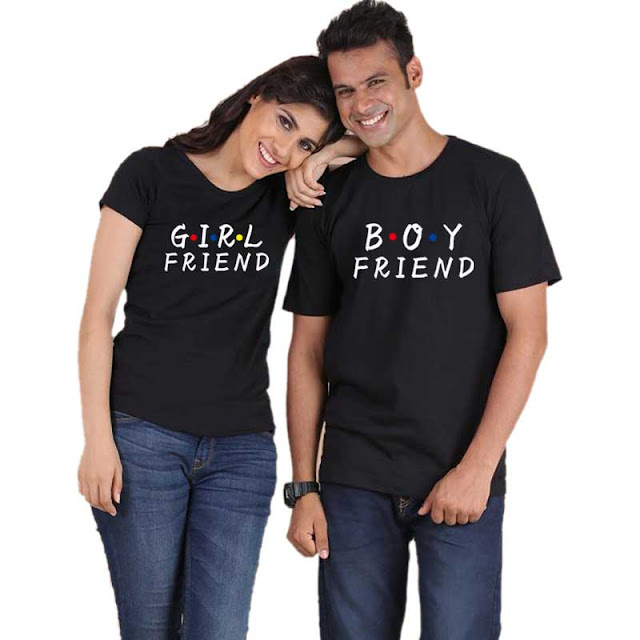The main differences between men's and women's T-shirts are typically in their design, fit, and sizing. These differences are intended to accommodate the distinct body shapes and preferences of men and women. However, it's important to note that fashion is becoming more gender-inclusive, and some styles are designed to be unisex or gender-neutral, blurring the lines between men's and women's clothing.
Fit and Cut: Women's T-shirts are often more form-fitting and tailored to accentuate the curves of the body. They may have a narrower waist and broader hips. On the other hand, men's T-shirts typically have a straighter, boxier cut with a looser fit.
Neckline: Women's T-shirts may have a wider range of neckline options, such as V-neck, scoop neck, or boat neck, to offer different styles and highlight the neckline. Men's T-shirts usually have a crew neck, which is a round neckline.
Sleeve Length: Women's T-shirts may come in various sleeve lengths, including short sleeves, cap sleeves, or sleeveless options. Men's T-shirts mostly have short sleeves, but some styles may also offer long sleeves.
Shoulder and Sleeve Placement: The shoulder and sleeve placement in women's T-shirts is typically more delicate and slightly higher on the shoulder compared to men's T-shirts, which may have a broader shoulder and lower sleeve placement.
Sizing: Men's T-shirts are typically sized based on chest measurements and are available in even numbers (e.g., S, M, L, XL). Women's T-shirts are often sized based on bust measurements and can be available in a broader range of sizes, including odd numbers (e.g., 2, 4, 6) or standard letters (e.g., XS, S, M).
Length: Women's T-shirts may be slightly shorter in length to complement their more fitted appearance, while men's T-shirts are generally longer.
It's important to recognize that these differences are general trends and that individual preferences can vary widely. Many people may choose to wear T-shirts based on personal comfort, style, or the specific look they want to achieve, regardless of the garment's intended gender target. As society embraces more gender-inclusive fashion, the lines between men's and women's clothing continue to blur, allowing people to wear clothing that suits their individual tastes and expression.


No comments:
Post a Comment
Contact The Wizard!
(he/him)